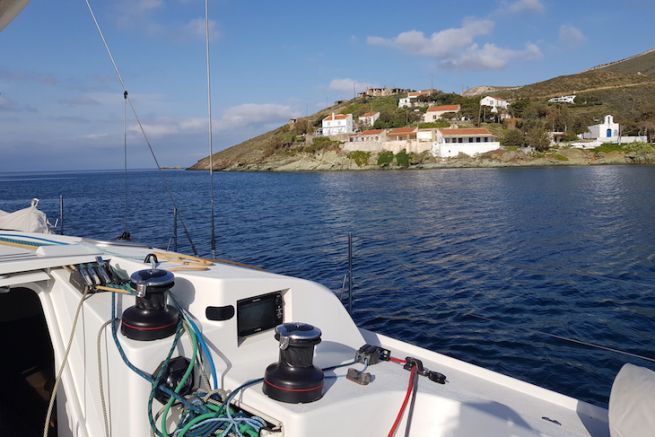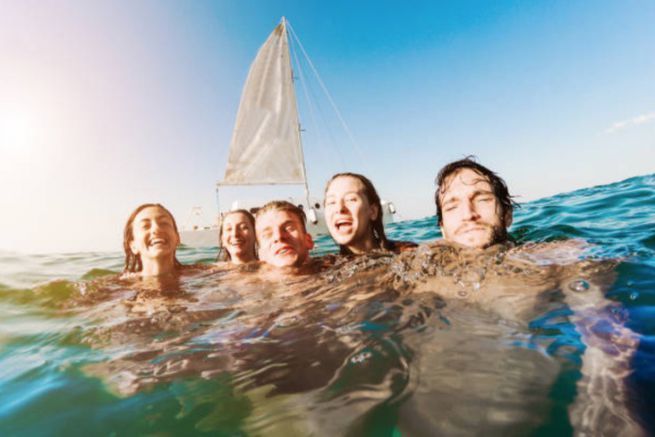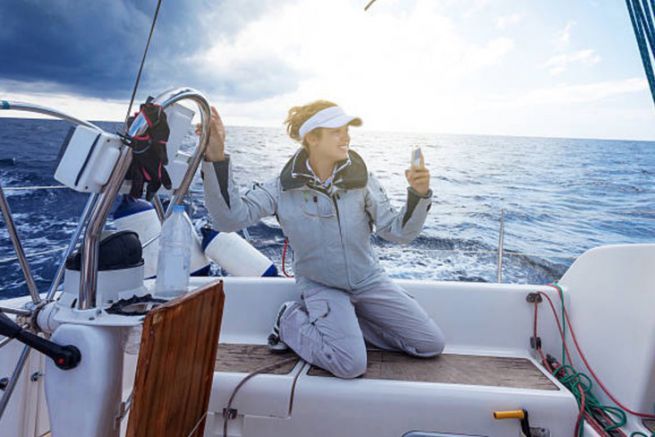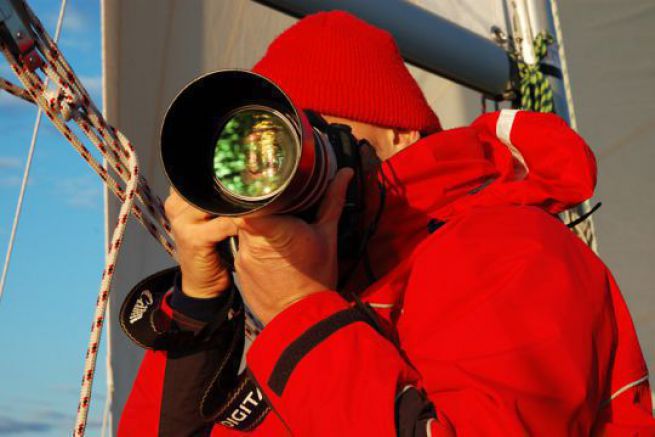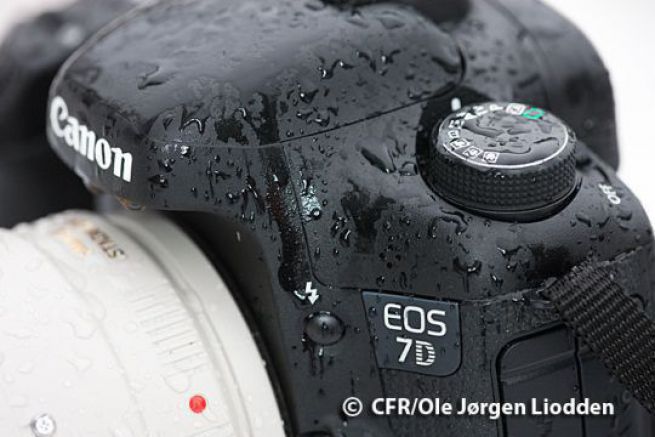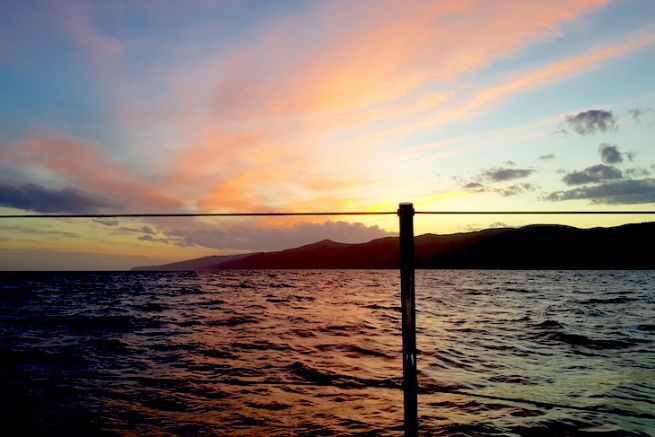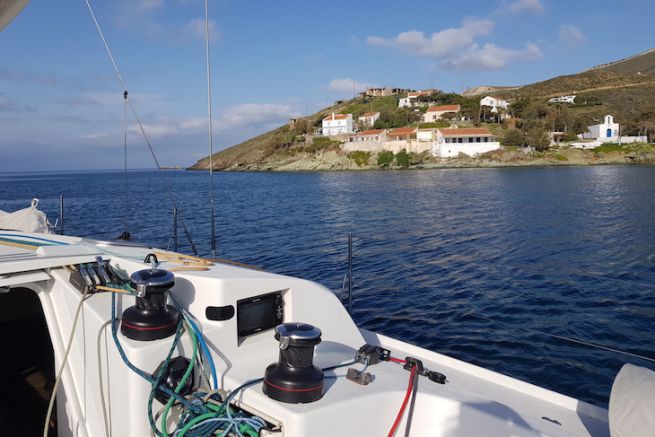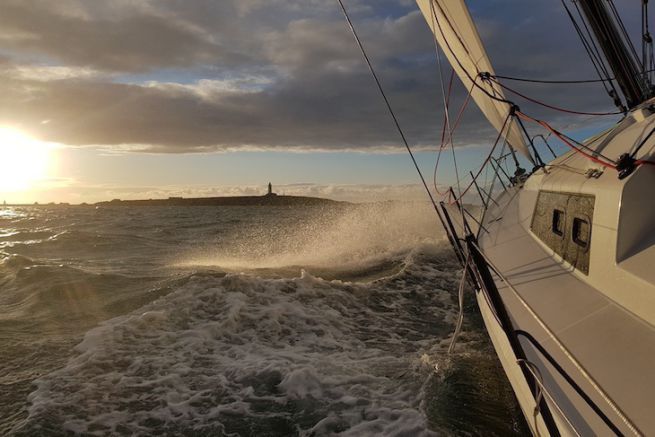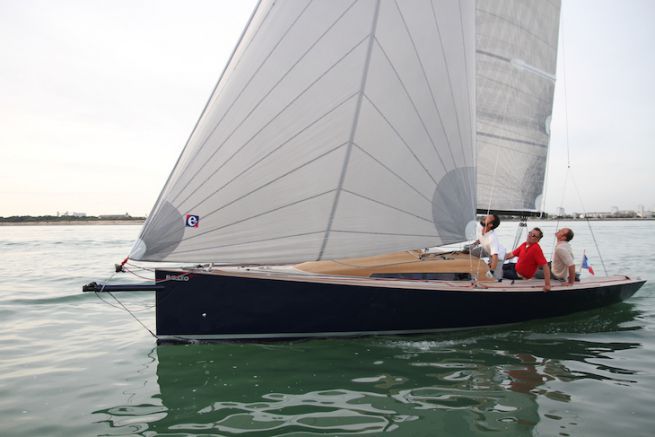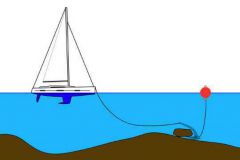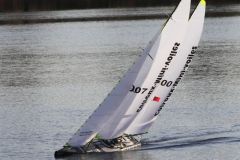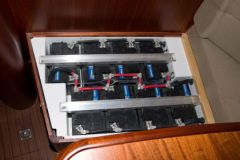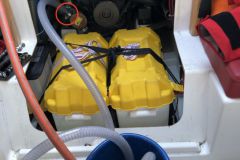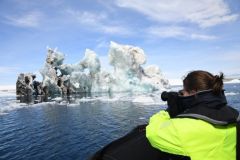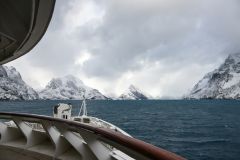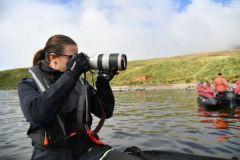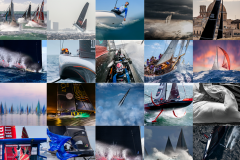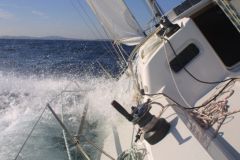Prefer the wide-angle lens
To take your picture on board, you have to take a lot of things into account before talking about technique. In terms of photo equipment in particular. It all depends on what you want to do, but often you have to focus on the wide-angle lens. On board, we want to show people as well as the environment. As space is limited, both on deck and inside, you need a large lens unless you are portraying skippers or focusing on a particular person. For portraits, a telephoto lens is used, usually 135 mm and maximum 200 mm.
When you take a picture of the sea, the telephoto lenses tend to flatten the image: the waves appear much smaller. With a wide angle, this phenomenon is reduced.
Adapt your equipment to the type of boat
It also depends on the type of units you are sailing on. The equipment will not be the same on a 100m yacht as on a Hobbie Cat ( NRDL : beach catamaran ). The objective will not be the same either
Take the horizon into account when framing your photo
For framing, the horizon must be taken into account. It must be horizontal in the background of the photo. When you're on a boat, especially a sailing boat, it heels. It's important to keep your skyline ( NDLR Keep horizon straight ).
It is necessary to make a very offset framing to give a dynamic to the image. It all depends on the effect you want. The correct proportion is to locate the horizon at 2/3 at the top of the photo and 1/3 for the rest. But when you have a beautiful sky, you can also choose to position the horizon very low on the photo. On the other hand, we avoid the horizon in the middle of the photo, the symmetry is not very aesthetic.
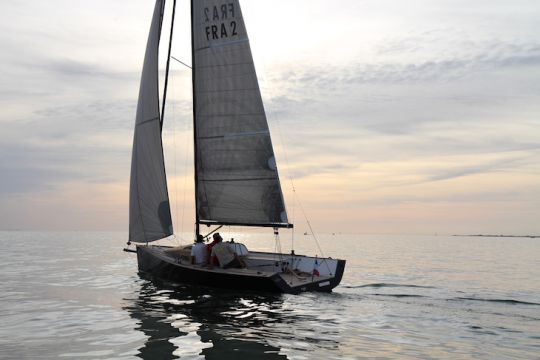
Use the"set" to highlight your subject
Always at the level of framing, if there are people in the image, you shouldn't hesitate to shift your subject, your first shot to have an atmosphere: one end of the boat, a wake, the sea..
Adopting the sun visor
When working in wide angles, it is necessary to use a sun visor, as there is often an illuminated area and a less illuminated area. It focuses on the objective and has 2 roles :
- The one for which it is made: to avoid that the rays of the sun send parasitic rays of light on the image
- A role at sea: The manufacturers do not particularly know this utility, but it avoids taking too much spray on the lens and it also protects from shocks.
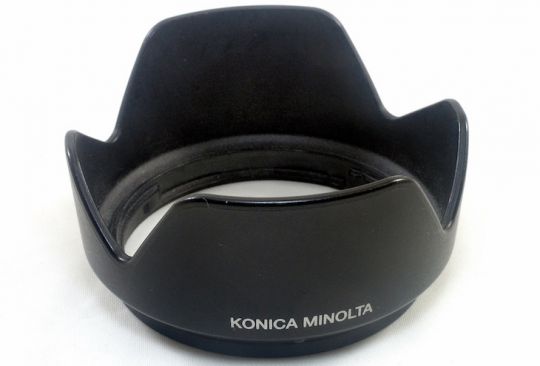
Avoid spray
To avoid spray, you should avoid taking pictures in the wind. The lens is then covered with drops and it is even possible to catch a wave. It is recommended to work upwind, with a case sheltered in a oilskin and to take out the device at the appropriate time. I use a lot of sopalin to clean my lens, or a soft cloth.
Using a UV filter
Before going out to sea, think about systematically protecting your lens with a UV filter. On the one hand it protects the lens (it is easy and cheaper than changing a lens) and it acts as a protector, because it protects from ultraviolet rays that are found a lot on the surface of the water and are reflected by the water. The UV filter reduces UV rays on the image and prevents having a purple ray on its photo.
Jacques Vapillon's opinion
Personally, I take all my photos the old-fashioned way, framed by hand, with my eye behind the box. Remote photography is a technique that can be good, but very random. You can install remote-controlled boxes, but it takes a lot of time and sorting to select the right shots. It is a technique rather used on offshore races and often reserved for professionals. I don't practice it too much.
For the images on board, I use a 16-35 mm wide-angle zoom. This is the most commonly used lens on board. I don't like fisheye too much because it distorts the image too much. It is the quality of the lens that is important in the success of a photo, the camera fits very little and has no impact on the quality. It is only at the professional level that the box comes into consideration, today we have sensor formats that are different and of a higher quality compared to"consumer" equipment.
